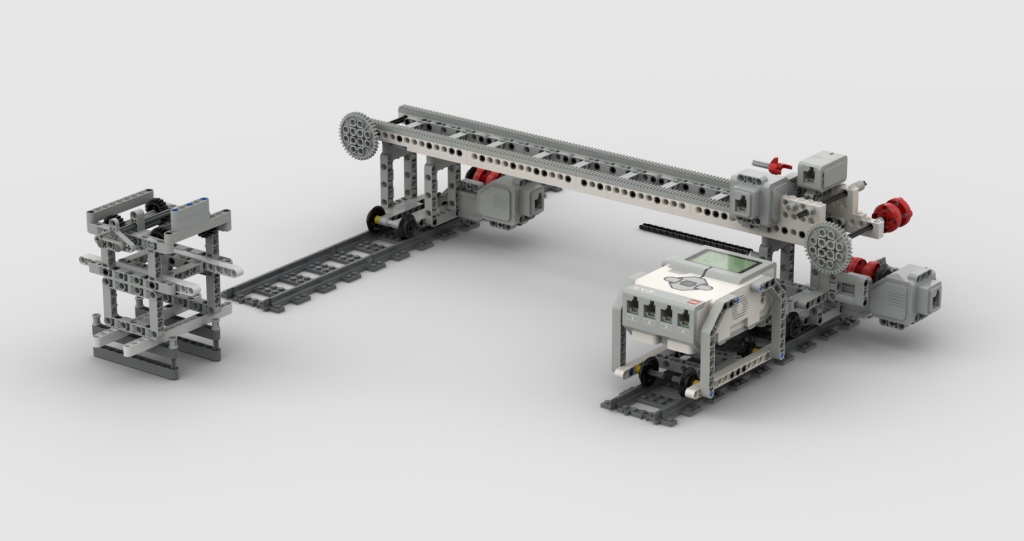
In my book Signal and Noise, I use LEGO MINDSTORMS components alongside smartphones and other technical devices to demonstrate methods of data acquisition in the geosciences. Here is an update.
Earth science observations often involve complex measurement procedures, highly specialized measuring devices, and sophisticated data processing. The design of geoscientific data-collection programs and experiments, their execution, and evaluation of the results are all complex and expensive tasks that require a significant amount of preparation. The book Signal and Noise in Geosciences, MATLAB Recipes for Data Acquisition in Earth Sciences (Trauth, Springer 2021) introduces methods of geoscientific data acquisition using MATLAB in combination with inexpensive data acquisition hardware such as sensors in smartphones, sensors that come with the LEGO MINDSTORMS set, webcams with stereo microphones, and affordable spectral and thermal cameras.
The text includes 35 exercises in data acquisition, such as using a smartphone to acquire stereo images of rock specimens from which to calculate point clouds, using visible and near-infrared spectral cameras to classify the minerals in rocks, using thermal cameras to differentiate between different types of surface such as between soil and vegetation, localizing a sound source using travel time differences between pairs of microphones to localize a sound source, quantifying the total harmonic distortion and signal-to-noise ratio of acoustic and elastic signals, acquiring and streaming meteorological data using application programming interfaces, wireless networks, and internet of things platforms, determining the spatial resolution of ultrasonic and optical sensors, and detecting magnetic anomalies using a smartphone magnetometer mounted on a LEGO MINDSTORMS scanner.
The book’s electronic supplementary material (available online through Springer Link) contains recipes that include all the MATLAB commands featured in the book, the example data, the LEGO construction plans, photos and videos of the measurement procedures. Unfortunately, LEGO has now discontinued the MINDSTORMS product line; there was also no more MATLAB hardware support for the last version of MINDSTORMS. However, there is hope for those who would like to try the experiments described in the book with LEGO MINDSTORMS (in addition to all the other experiments with smartphones, spectral cameras, etc.): You can still buy LEGO MINDSTORMS as LEGO® MINDSTORMS® Education EV3. And of course you can always buy LEGO MINDSTORMS second hand.
Now that the LEGO DIGITAL DESIGNER software has also been discontinued, there is a workarounds: a series of online apps (in the browser, for example the online 3D workshop by MECABRICKS) and desktop apps (for example Studio 2.0 by bricklink), which can load the .lxf files provided in the book’s supplement. There are also step-by-step building instructions for the experiments in the supplement, so you don’t have to download the .lxf urgently.
Download
Please use this link to download an example .lxf file from the book. With Studio 2.0 you can also create your own building instructions and render 3D views (such as the photo in this post).
References
Trauth, M.H. (2021) Signal and Noise in Geosciences, MATLAB Recipes for Data Acquisition in Earth Sciences. Springer International Publishing, 343 p., ISBN 978-3-030-74912-5.
Tronicke, J., Trauth, M.H. (2018) Classroom-sized geophysical experiments: magnetic surveying using modern smartphone devices. European Journal of Physics, 39, 035806. (Link)
